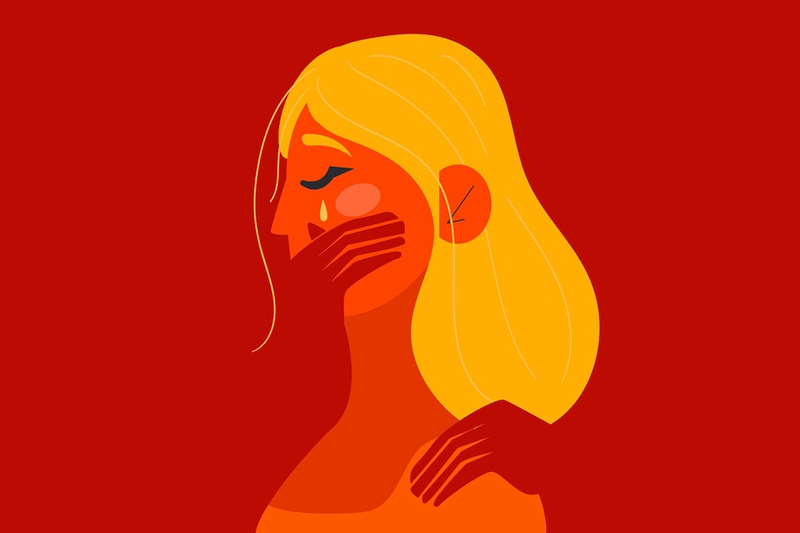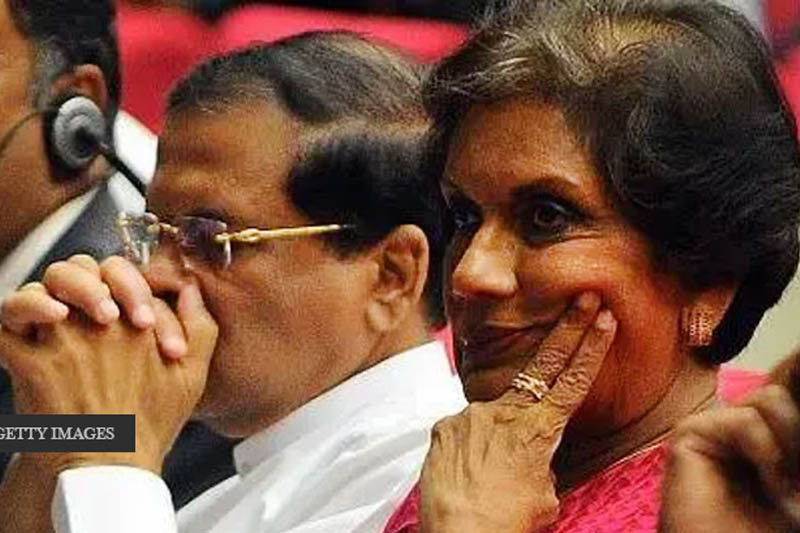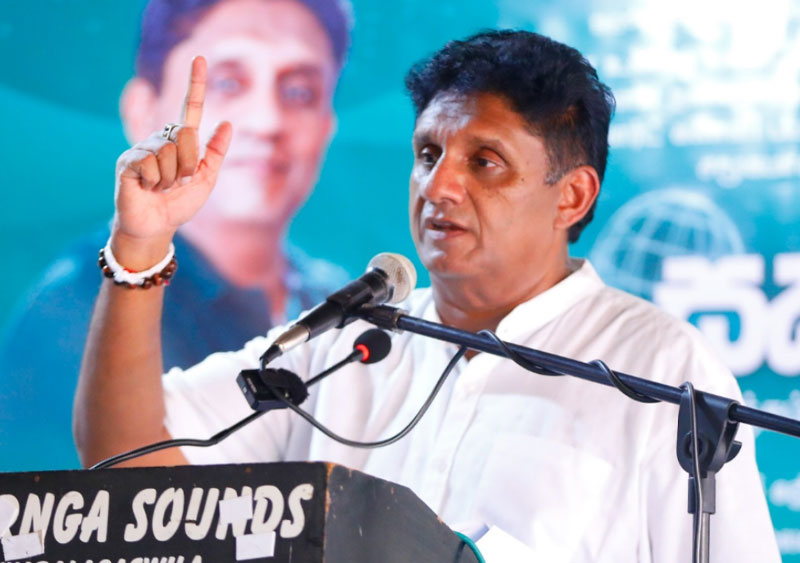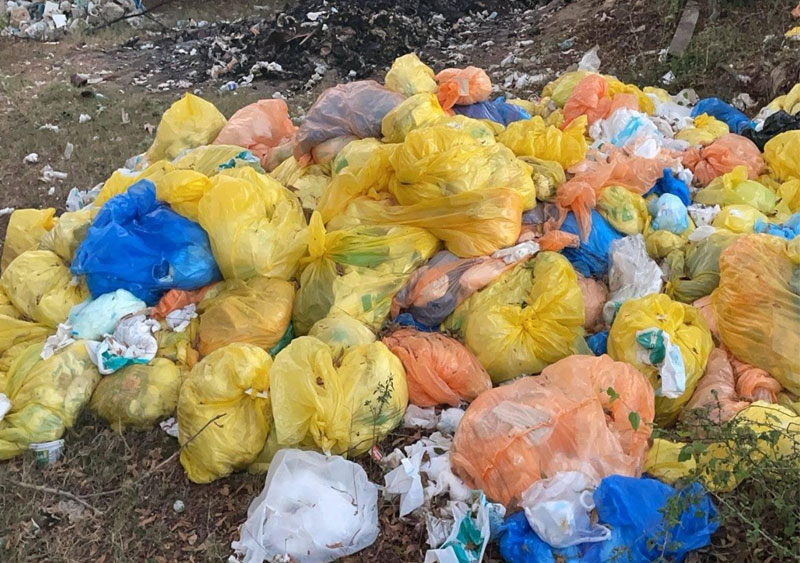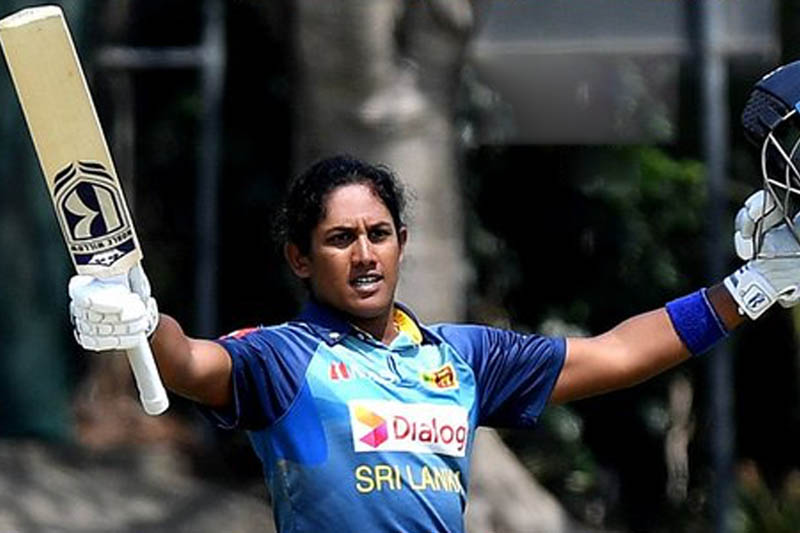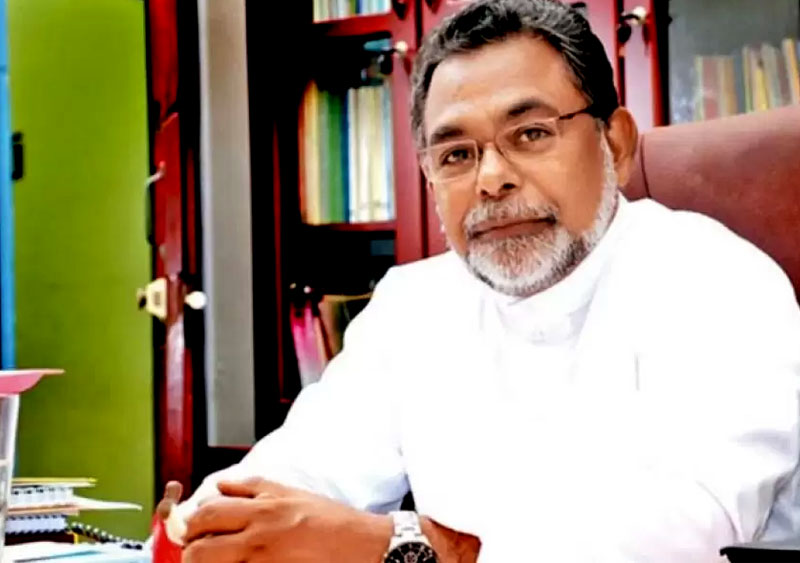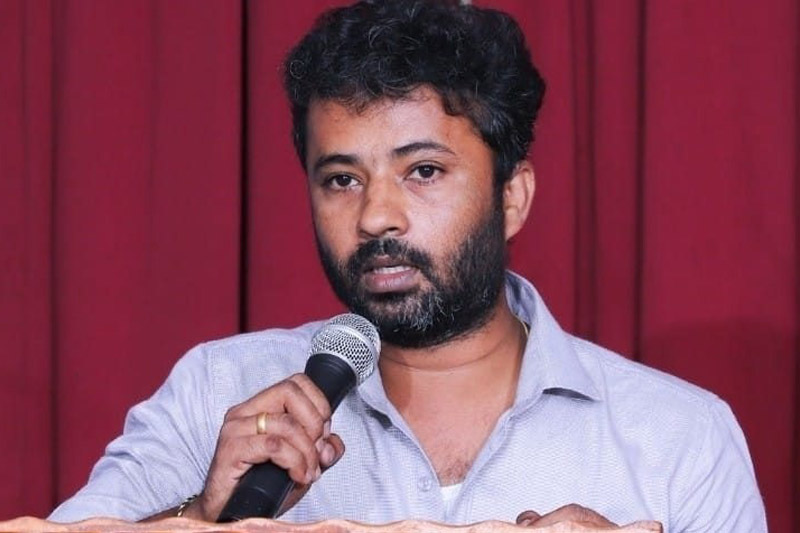By Mathu Mathavan
No one brings the victory and benefits covered with roses to your doorstep. Even for small things, it can be achieved only with scarification, hands to gather, sometimes victory/achievement takes blood and lives as bribery.
Women oppression and discrimination, inequality spurred women to stand against it and started a campaign for a change. In the 1900s, 15000 women marched through New York city demanding for better pay, demanding reduced hours of work, and voting rights. In 1909 after the declaration of America, it happened as National Women’s Day. After a year, Clara Zetkin (Leader of the Women’s Office for the Social Democratic Party in Germany) tabled the idea of International Women’s Day at the second International Conference of Working Women. Further she proposed to commemorate the International Women's Day in every country on the same day to voice out their demands. The conference of over 100 women from 17 countries, representing unions, socialist parties, working women's clubs - and including the first three women elected to the Finnish parliament - greeted Zetkin's suggestion with unanimous approval and thus International Women's Day was the result.
Time has changed with the date and few proposals. After the struggles and initiatives of many veterans, the International Women’s Day was marked for the first time by the United Nations in 1975 and then 1977, the General Assembly adopted a resolution proclaiming a United Nations Day for Women’s Rights and International Peace to be observed on any day of the year by Member States, in accordance with their historical and national traditions. And in 1996, the UN announced the very first annual theme, “Celebrating the Past for the Future”, women’s demand/ requirement got integrated with the social norms little by little, with that in 1997 - “Women at the Peace table, 1998 - Women and Human Rights and 1999 - “World Free of Violence Against Women” and so on each year until the current.
This is the history of how Women’s Day was recognized.
In Asian countries especially in Sri Lanka, this day is commemorated on 8th March without any controversy in Sri Lanka due to the fact that Sri Lanka is in union with European countries and it is an internationally accepted day. IWD is observed annually on March 8, with numerous events and initiatives taking place worldwide to promote women's empowerment and well-being. In Sri Lanka, the first Women's Day celebration was held in 1978, and every year since then, the celebration has centered around different themes.
I would say this a happy fact at least for the name sake the International Women’s day is commemorated in every organization, specially the Women’s organisations' initiation and some kind of awareness are given to the society.
Since it is a day to express the requirements of women, it is necessary for them to create better living and working conditions, free from all kinds of harassment in the world of work and elsewhere and throughout her life.
As a first segment specifically, we can choose the harassment free workplace and world of work. Females are facing many challenges just because of being female. This is a very serious burning issue which was not heard by the society or reacted towards it. Basically out of 21,670 million (in 2018) of the total population, 51.59% is female, out of them 36.6% represent the female workforce (Central Bank of Sri Lanka - 2018) out of the total workforce in Sri Lanka, Females are now more likely to be employed. 18% are female employees working in the public sector and 37.7% are working in the private sector. According to the Sri Lankan economy, it is very much clear that the three pillars of the workforce are the apparel sector, plantation sector and migrant workers who make a considerable contribution to the national economy.
Having contributed to the Sri Lankan national economy, why are their voices unheard and not reacted to? Why do they face different types of harassment?
First, the unawareness to identify a harassment, less knowledge of the harassment, improper implementation of ethics of the organization, absence of direct legal laws against violations/harassment, negligence of the relevant authority on implementation of code of conducts/guidelines etc.
It is important to know what harassment is in the workplace which can happen to both males and females. Harassment is unwelcome conduct that is based on race, colour, religion, sex (including sexual orientation, gender identity, or pregnancy), national origin, older age, disability, or genetic information (including family medical history). These issues are very common everywhere and without any disparity it's happening, no matter if one is educated or not, rich or poor.
According to a research report done by Solidarity Centre (2021) in Sri Lanka In terms of harassment and discrimination based on ethnicity, religion, gender and disability, workers reported that harassment and discrimination is minimal in the factories.
Workplace harassment mainly consists of physical, verbal, psychological, and sexual harassment. In the Sri Lankan context, the national economy is highly dependent on tea exports, migrant workers and textile workers in which more than 80% of them are female workers, who are highly facing harassment in their work places. Besides that, even in the public sector, including the health sector, harassment makes the workers' life really tough.
Basically, the harassment at workplace can be divided in to two, one is work harassment and second is sexual harassment. Both are very serious issues which affect a woman's mental health and reduce the individual productivity of her in this men's hegemonial society. This includes physical harassment and cyber harassment as well. The harassment of women can also occur with just words alone. This form of harassment, known as psychological harassment, involves verbally abusing a woman by humiliating her, two additional forms of harassment appeared around the end of the 20th century. Sexual orientation harassment refers to harassing women who are homosexual or bisexual. More specifically, cyber harassment concerns situations in which an individual uses the Internet to send a harassing message to a woman.
There are plenty of examples in Sri Lanka, plantation and apparel sectors where both male and female workers are harassed by line managers/supervisors very much and by others as well. Migrant workers, white collar workers and sometimes professionals too are facing sexual bribes, mental harassment and physical harassment as well.
For example, unrealistic targets are given to pressure them and try to get sexual benefits by using the poor workers' poverty. Workers also bear it up without any option to secure their jobs. Moreover, verbal abuses, unwanted touch, unnecessary looks (vulgarism) are also harassment which can lead to mental stress of an individual and also it can slow down their performance as well. So if the working environment is saddled with harassment, workers will not have a decent work environment, dignity, job satisfaction, better industrial relationship and so on.
When you consider the prevailing situation in Sri Lanka with the desperate economic crisis, high rate of poverty has been used as an opportunity for the high labour exploitation because workers do not have any other options to secure their jobs, some are working more than 8 ½ hours without an overtime payment, without facilities which was given earlier, without a proper working condition, without occupational safety (plantation workers) with high targets and many more, but still the job is needed to fulfill their family commitments.
There are plenty of stories that can be seen in the society of the working class, especially women. And it has been identified that, what is the next step to prevent harassment and violation (gender based), who is responsible? What do we expect from the relevant stakeholders?
Yes. To prevent this injustice to any individual and to prevent such violation of fundamental rights, labour rights, the main stakeholder are the brands, suppliers, employers, government and trade unions. For an example, if we take the apparel sector, brands are the main stakeholders who place their orders to the supplier applying their own code of conducts and other regulations technically and general regulations during the production (such as workers' health, protection, discrimination, harassment, opportunities, gender equality etc) But it doesn’t mean there is no harassment, the reason is there is no a strong monitoring mechanism whether the code of conducts are implemented and its compelled to assume that, the monitoring process is biased & an absenteeism of an employee’s organization (trade union) who intervene and strengthen their voice against any violations.
Brands, Companies, Government International bodies like the International Labour Organisation should directly intervene to eliminate harassment at the workplace and provide a decent working environment to get empowered financially stable. Secondly, the International Labour Convention 190 should be ratified by the government to have a workplace free from violations and harassment. And more importantly, it has to be implemented and monitored by the relevant authorities.
All of the working women should be educated on harassment, how to handle it ,how to react it etc, this is the basic step to eradicate the workplace harassment and violence.
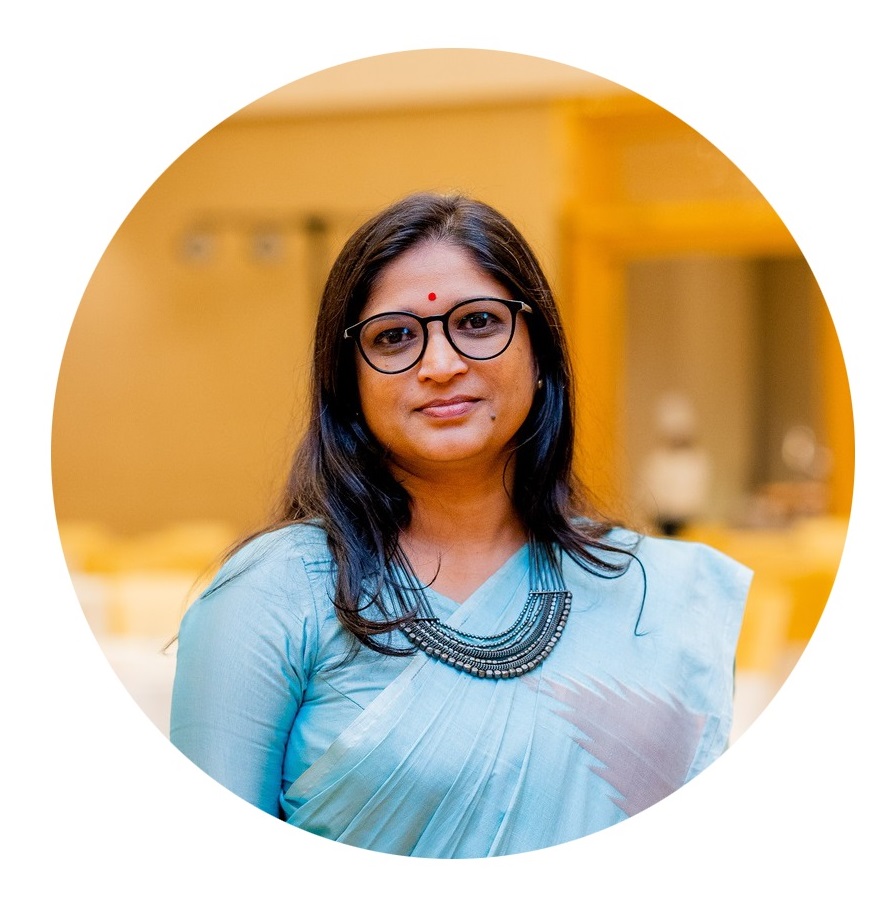
*The writer currently serves as a project Manager in a labour organization and holds a BA in Human Resources Management, a MA in Business Management, and is currently reading for Masters in Gender and Women’s Studies. She is also an alternate member (2022) of the National Labour Advisory Council of the Ministry of Labour.

